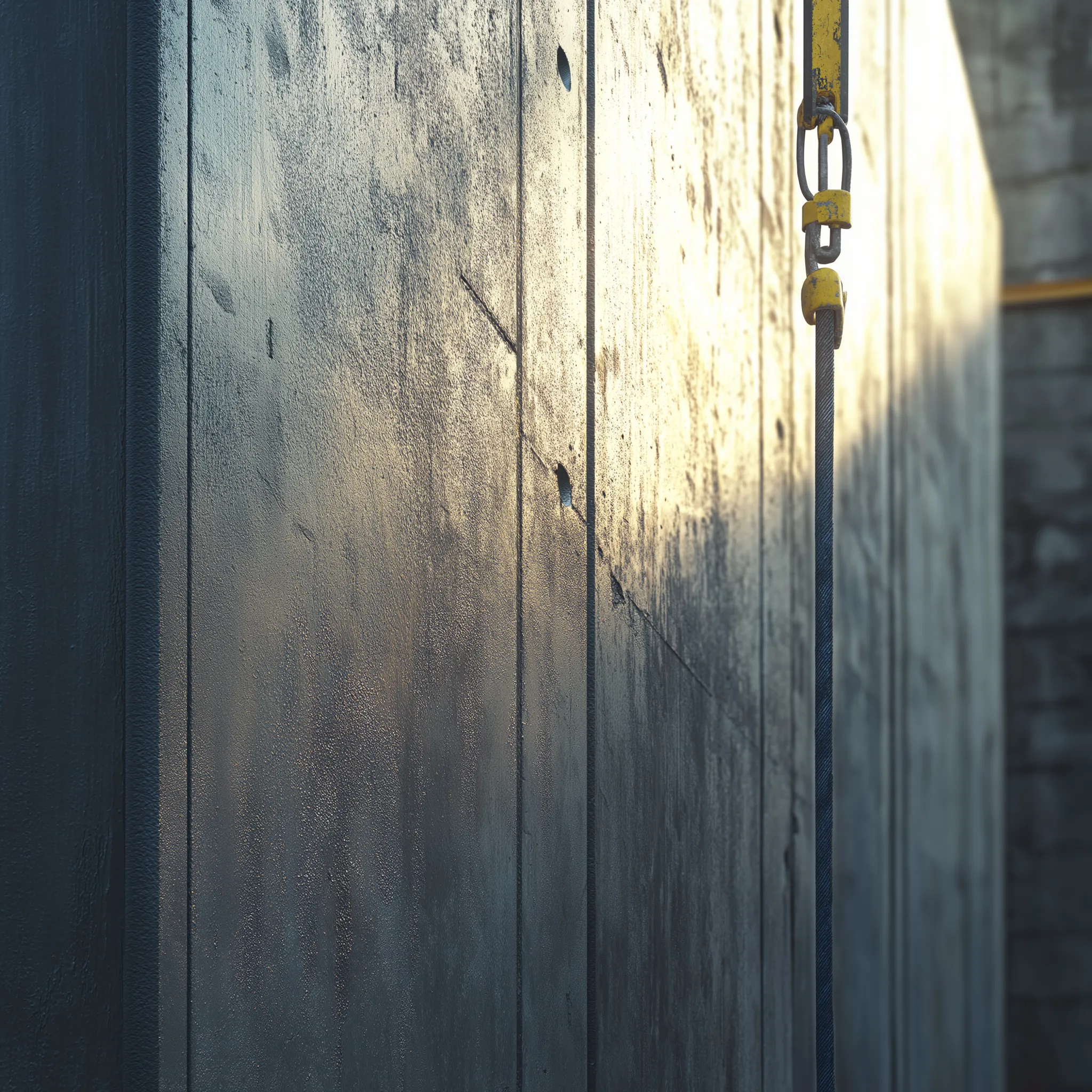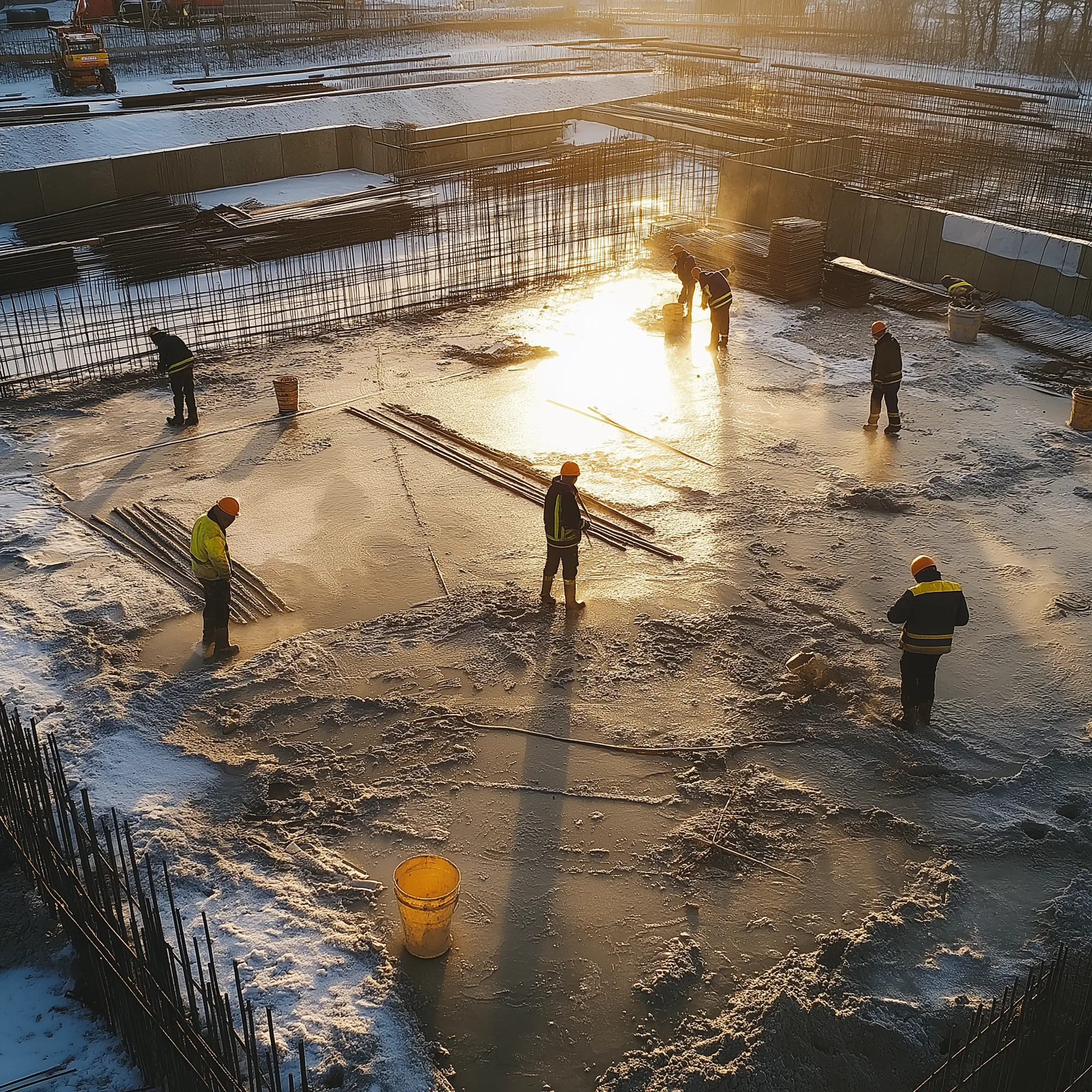Application procedures for epoxies include, but are not limited to:
ASTM C-881 is the standard specification for two component epoxy adhesives.
Type
Type refers to the exposure:
Type I: Non-load bearing, bonding hardened concrete to hardened concrete.
Type II: Non-load bearing, bonding fresh concrete to hardened concrete.
Type III: Bonding skid resistant materials to traffic bearing surfaces.
Type IV: Load bearing, bonding hardened concrete to hardened concrete.
Type V: Loading bearing, bonding fresh concrete to hardened concrete.
Grade
Grade refers to the viscosity of the mixed epoxy:
Grade 1: Low Viscosity (water – mud oil)
Grade 2: Medium Viscosity (syrup – honey)
Grade 3: Gel (peanut butter – caulk)
Class
Class refers to the temperature limits at the time of placement, for both ambient and surface.
Class A Application Temperature: <40 degrees F
Class B Application Temperature: 40-60 degrees F
Class C Application Temperature: >60 degrees F
Procedures
Surface preparation is critical prior to applying epoxies. Surfaces to be bonded must be clean and structurally sound. Remove all oil, grease, dirt, laitance, curing compounds, and any other foreign matter. This includes bolts, rebar or threaded rod. All drilled holes must be cleaned out with a nylon brush. Remove dust and loose material. Use clean, oil free compressed air to blow out any remaining water, dust, or debris prior to application.
Epoxies must be proportioned and mixed at the correct ratios. If the ratio is incorrect, performance of the cured epoxy may drop and/or the epoxy will not cure and set up.
Thoroughly mix Part A and Part B separately. Then mix Part A and Part B together thoroughly for three minutes with a low speed motor using a Jiffy mixer or paddle. Mix only as much material as can be used within the pot life.
When extending epoxy with aggregate always use clean, dry aggregate.
Epoxies are very temperature dependent. High temperatures will accelerate set times and low temperatures will slow down set times.





